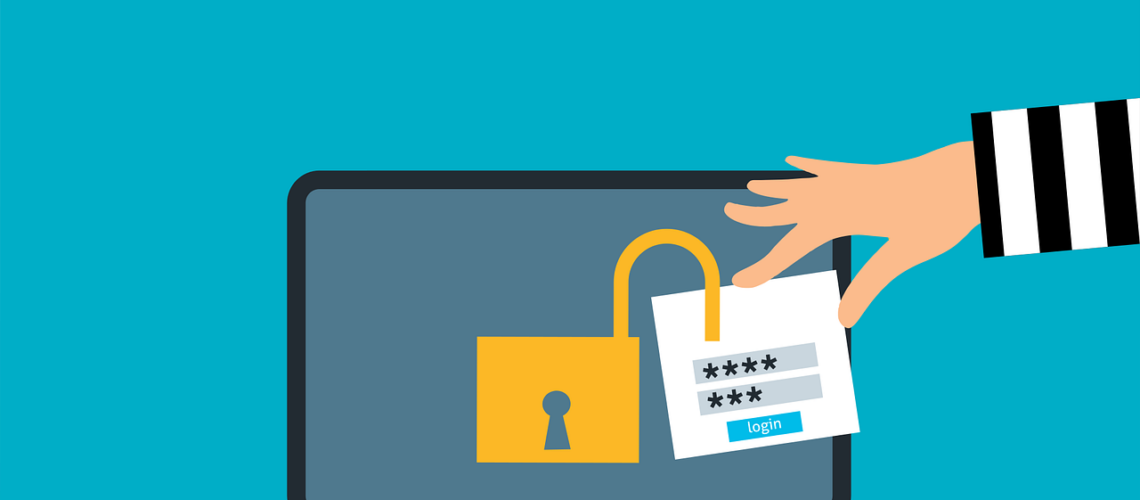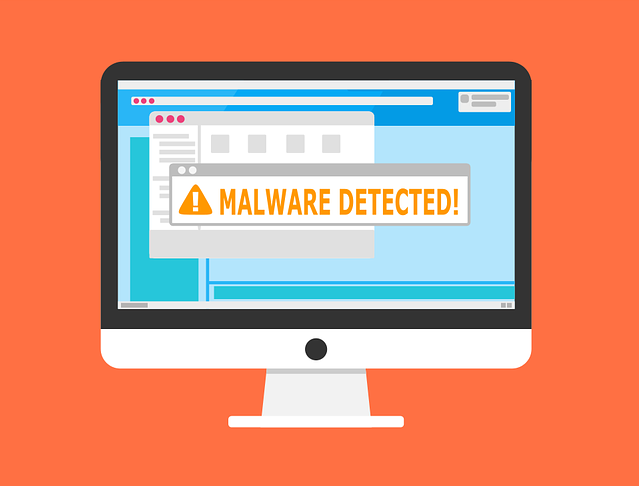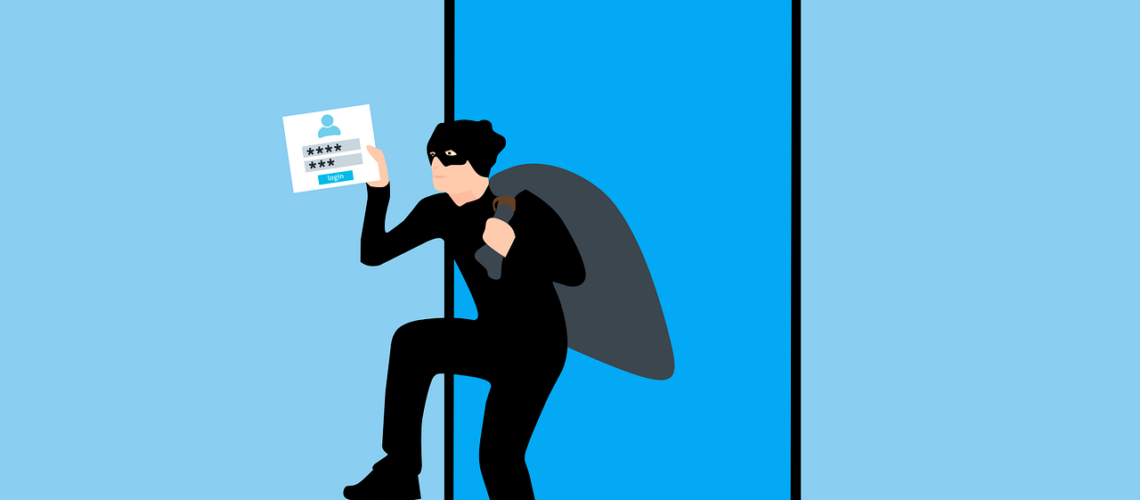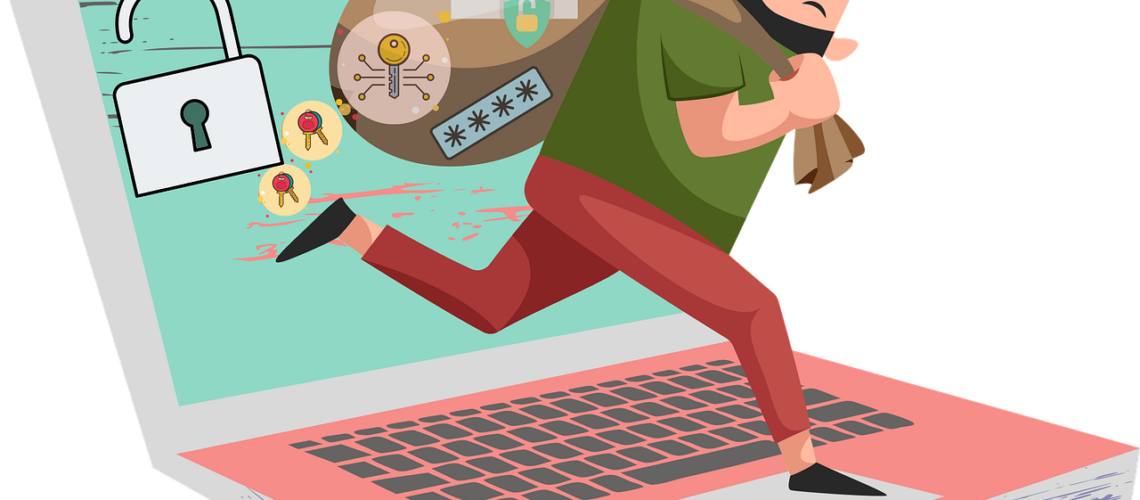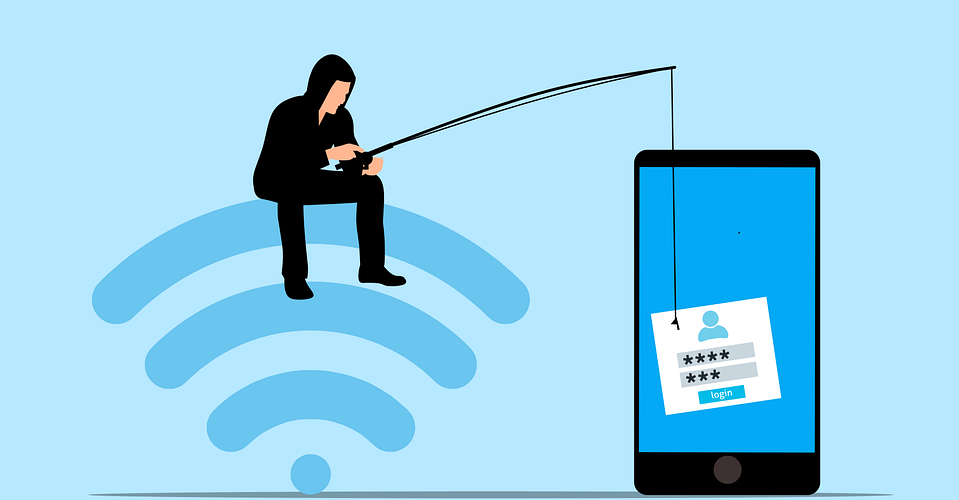Threat Exposure Management (TEM) is an important cybersecurity tool. It helps organizations find and fix weak spots in their digital systems. TEM outsmarts hackers before they break into your network.Importance of TEMCyber attacks keep getting worse. Hackers always find new ways to break in. TEM helps businesses spot problems before they become big issues.TEM allows you to:Find weak points in your networkFix issues quicklyReduce your risk of cyber attacksHow TEM WorksTEM uses special software to scan your entire network. It finds places hackers could attack and helps you fix these weak spots.Continuous MonitoringTEM keeps looking all the time. This way, you can find new problems as soon as they appear.Risk AssessmentTEM finds which weak spots are the most dangerous. This helps you fix the most important ones first.Main Parts of a TEM ProgramAsset DiscoveryThis finds all devices and software on your network. You can’t protect what you don’t know about!Vulnerability


